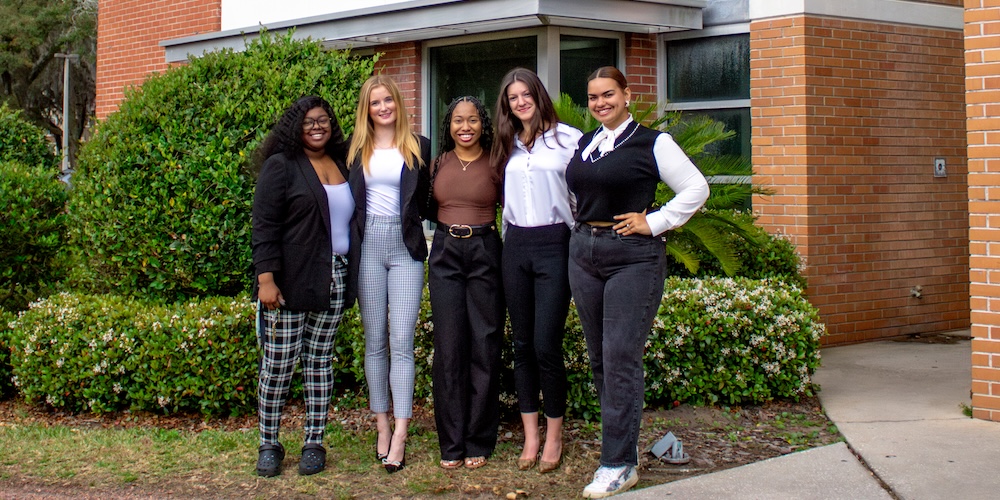Spring is just around the corner if it isn’t here already. We had a very mild winter, which for many us was a good thing. We only had to cover our plants a couple of times and never really had a hard freeze. Nevertheless, it still got cool and many of the animals that call the St. Johns River home went south or at least into slow winter mode.
Our two major charismatic mega fauna, bottlenose dolphins and manatees, are now coming back into the area. Dolphins typically arrive first, though some never totally leave. Based on a class trip last week on the St. Johns River, they are now actively feeding and jumping, much to the delight of the students on board. I must admit that I get excited along with everyone else when we see a mother and calf swimming near the boat. It is especially thrilling to see a dolphin jump with their smooth almost splashless reentry. This is another one of the many joys that the St. Johns River gives us every day.
Return of the Manatee
Our other marine favorite, the manatee, effectively leaves the area to overwinter in warmer waters. Manatee will die if exposed to temperatures below 68F (20C) for very long. And while we did not have extremely cold weather to drive water temperatures down, we did get into 50F this year.
However, temperatures are rising. You can look at the evening lows as an indication of trends in water temperatures. Recently, we have been experiencing overnight lows that are our normal seasonal highs. The St. Johns River is currently warming into the mid-60F, so we will be at that magical 68F soon, unless we get an unusual cold snap, beyond this week’s cooler weather. The long-range forecast is for continued warming.
Therefore, it is time for boaters to watch out for manatees.

Florida manatee, photo taken by JU students
Both manatees and dolphin are air-breathing mammals and must surface every few minutes to breathe. Unlike the quick and agile dolphin, the slow and lumbering manatee is subject to possible boat hits and propeller injuries. Please slowdown in Manatee Zones, watch for the swirl of the fluke or tail when the manatee dives after taking a breath, and wear polarized sunglasses. The polarized sunglasses reduce the glare on the water and enable you to better identify patterns on the water.
When I arrived in Jacksonville in 1976, more manatees were being killed than were being born. A little math quickly made me realize that the manatee was headed toward extinction. The trend in the ’70s was not favorable to the survival of the species. Nevertheless, through a concerted effort from both public and private sectors, we have watched the known minimum number grow from 1,267 in 1991 to 6,131 in 2018. The actual total number may be closer to 10,000. This is great news and it is important that we continue that positive trend.
Glad you asked River Life.
What do you think is the biggest environmental challenge we face in the future?
I believe the proliferation of plastics, and particularly micro-plastics, in our river and marine environments may well become our biggest challenge. However, the good news is that we all can do something about it. We can avoid single-use plastic items, including straws, plastic bags, and bottled water containers. Skip the straw, take a cloth bag, and carry a refillable water bottle. We can all do a little, as individuals, and together we can do a lot.
River Life runs the first Tuesday of each month in The Florida Times-Union. E-mail A. Quinton White, executive director of Jacksonville University’s Marine Science Research Institute, with questions about our waterways at qwhite@ju.edu. For more on the MSRI, visit ju.edu/msri.



